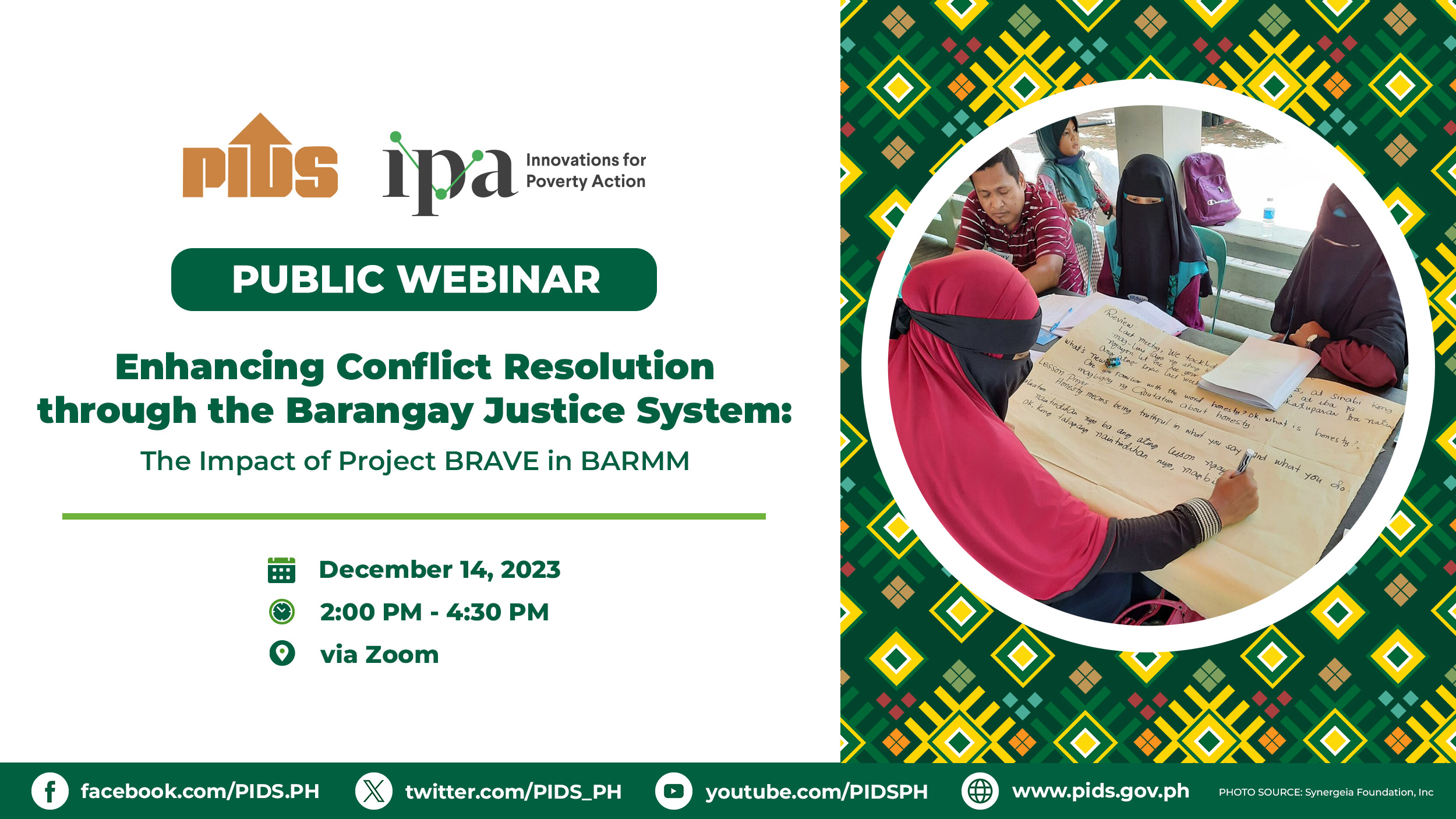President Benigno Aquino III says that more than 7.7 million Filipinos, or some 1.55 million families, have been lifted out of poverty due to the Conditional Cash Transfer (CCT) program, which his administration has scaled up from the time of his predecessor.
Speaking at the second and final day of the conference “Sustaining the Gains of the Conditional Cash Transfer Program in the Philippines” held at the Asian Development Bank headquarters on Wednesday, Aquino said that the budget for the CCT program had been increased from P10 billion in 2010 to P62 billion last year.
Within five years, the number of poor households covered by the initiative swelled from 786,000 to about 4.4 million.
This year, the budget went up further to P62.7 billion, an amount which the President said would cover 4.6 million households. The coverage includes “those who have graduated from extreme poverty and are now considered ‘near poor’ – who, while not necessarily poor by definition, are at risk of sliding back to an impoverished state with just one catastrophic disease or a natural disaster.”
Aquino explained that the CCT’s effects were “generational.” This meant that the program’s beneficiaries – and in effect, the whole of society – would only reap the full benefits of the government’s support “long after I return to private life.”
As an illustration, he pointed out that the initiative had been expanded to cover households with children in high school, given that high school graduates earn 40 percent more than those who had only finished grade school.
The first batch of fourth year high school student-beneficiaries of CCT graduated last year, with 13,400 out of 333,673 finishing with honors and awards. Among them were two students who are now studying Engineering at the University of the Philippines, and were expected to “get quality jobs and earn better salaries when they graduate,” the President said.
He added that other high school graduates could enroll in technical-vocational programs under the Technical Education and Skills Development Authority (TESDA) so that they could “go beyond being casual workers without security.”
A business process outsourcing (BPO) employee, for example, could earn at least P18,000 monthly or about P234,000 annually.
Aquino reported that 10.18 million children were now benefitting from the CCT, including 1.9 million high school students.
“As more and more of our children from less fortunate families attend school through the help of CCT as well as the reforms and investments in basic education, we continue to see an improvement in the figures of out-of-school youth,” he said.
He also cited a May 2015 study of the Philippine Institute for Development Studies and UNICEF which showed that despite the increase in the Philippines’ population, the number of out-of-school youth decreased from 2.9 million in 2008 to 1.2 million in 2013.
“These same students who are able to attain a higher level of education thanks to the CCT, one day, through their contributions to the economy and through the taxes they remit, will help further break the cycle of poverty, and keep the engines of inclusiveness engaged at full throttle,” he said.
“In short: Through the CCT and other meaningful interventions, we are spurring a virtuous cycle, where empowered Filipinos in turn become the keys through which their fellowmen are likewise empowered.”
Aquino added that through the CCT, as well as parallel initiatives in healthcare, education, housing, rehabilitation, and poverty alleviation, the National Economic and Development Authority (NEDA) projected that poverty incidence in terms of population would decrease to anywhere between 18 and 20 percent this year, from 26.3 percent in 2009.
He appealed to the public to choose the right leader during the May polls so that such gains would be sustained.
“Sustaining, strengthening, and refining the CCT will be left to the hands of my successor. That person will be confronted with a very simple question, which I myself faced: Will he help his countrymen help themselves?” he said.//
Speaking at the second and final day of the conference “Sustaining the Gains of the Conditional Cash Transfer Program in the Philippines” held at the Asian Development Bank headquarters on Wednesday, Aquino said that the budget for the CCT program had been increased from P10 billion in 2010 to P62 billion last year.
Within five years, the number of poor households covered by the initiative swelled from 786,000 to about 4.4 million.
This year, the budget went up further to P62.7 billion, an amount which the President said would cover 4.6 million households. The coverage includes “those who have graduated from extreme poverty and are now considered ‘near poor’ – who, while not necessarily poor by definition, are at risk of sliding back to an impoverished state with just one catastrophic disease or a natural disaster.”
Aquino explained that the CCT’s effects were “generational.” This meant that the program’s beneficiaries – and in effect, the whole of society – would only reap the full benefits of the government’s support “long after I return to private life.”
As an illustration, he pointed out that the initiative had been expanded to cover households with children in high school, given that high school graduates earn 40 percent more than those who had only finished grade school.
The first batch of fourth year high school student-beneficiaries of CCT graduated last year, with 13,400 out of 333,673 finishing with honors and awards. Among them were two students who are now studying Engineering at the University of the Philippines, and were expected to “get quality jobs and earn better salaries when they graduate,” the President said.
He added that other high school graduates could enroll in technical-vocational programs under the Technical Education and Skills Development Authority (TESDA) so that they could “go beyond being casual workers without security.”
A business process outsourcing (BPO) employee, for example, could earn at least P18,000 monthly or about P234,000 annually.
Aquino reported that 10.18 million children were now benefitting from the CCT, including 1.9 million high school students.
“As more and more of our children from less fortunate families attend school through the help of CCT as well as the reforms and investments in basic education, we continue to see an improvement in the figures of out-of-school youth,” he said.
He also cited a May 2015 study of the Philippine Institute for Development Studies and UNICEF which showed that despite the increase in the Philippines’ population, the number of out-of-school youth decreased from 2.9 million in 2008 to 1.2 million in 2013.
“These same students who are able to attain a higher level of education thanks to the CCT, one day, through their contributions to the economy and through the taxes they remit, will help further break the cycle of poverty, and keep the engines of inclusiveness engaged at full throttle,” he said.
“In short: Through the CCT and other meaningful interventions, we are spurring a virtuous cycle, where empowered Filipinos in turn become the keys through which their fellowmen are likewise empowered.”
Aquino added that through the CCT, as well as parallel initiatives in healthcare, education, housing, rehabilitation, and poverty alleviation, the National Economic and Development Authority (NEDA) projected that poverty incidence in terms of population would decrease to anywhere between 18 and 20 percent this year, from 26.3 percent in 2009.
He appealed to the public to choose the right leader during the May polls so that such gains would be sustained.
“Sustaining, strengthening, and refining the CCT will be left to the hands of my successor. That person will be confronted with a very simple question, which I myself faced: Will he help his countrymen help themselves?” he said.//











